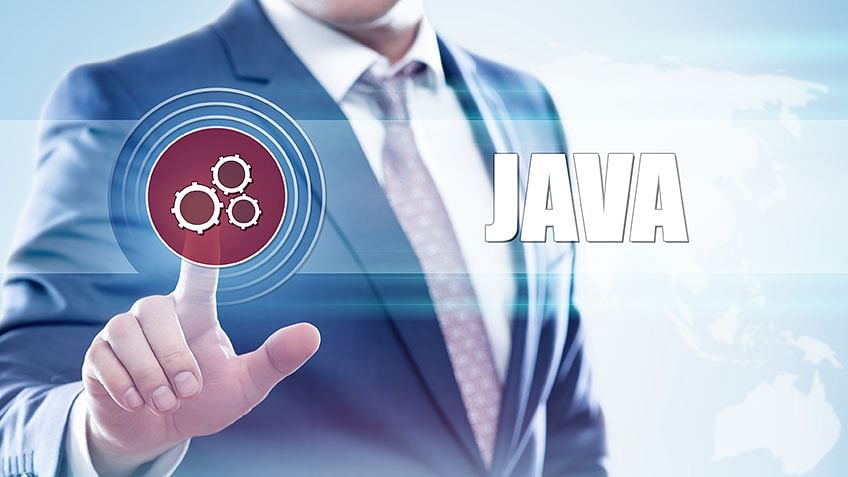There are acutally 4 different stages of an IRA. The regular IRA, “self directed” IRA, self directed IRA, and the self directed IRA LLC. See if you’re using the right one for your investments.
With all these different names and terms being thrown around in the financial community,Guest Posting it can get very confusing on what something is, and what it is not. How many times has it happened to you? Let me go through and explain the four stages of an IRA.
Stage 1 – Regular IRAEveryone knows what the traditional IRA is. It is what most of us have our money in. We call up Fidelity, Charles Schwab, or Merrill Lynch and give them our money. With this IRA, they make the investment choices for you. They charge you for this, as they are managing your money. It could be either fee based or commission based depending on the custodian you chose.
Stage 2 – “self directed” IRAStage 2 takes it a little step further. You still have your money with Fidelity, Charles Schwab, or Merrill Lynch but they allow you to make the decisions. They have given you a “self directed” IRA. However, you can only invest in their products which can include stocks, bonds, and mutual funds. What happens is that they will offer you Microsoft, GM, or Starbucks stock and instead of them choosing which is right for you, they allow you to choose the stock. With this control (over which stock you choose), they call it a “self directed” IRA.
A simple test to see if you really have a self directed IRA is to ask your custodian if you can invest in real estate and other non-traditional assets. If they say “no, you cannot buy a house with your IRA”, then it is not a “true” self directed IRA.
Okay, here’s where we take the big jump from traditional investments to non-traditional investments. Remember, the traditional investments are typically stocks, bonds, and mutual funds, which all of the larger custodians will offer to you. The non-traditional investments include real estate, energy, tax liens, and many more.
Stage 3 – Self Directed IRAWith the self directed IRA you are now allowed to invest your IRA funds in non-traditional assets. The custodian for the non-traditional IRA will hold your funds for you. They make their money by charging different types of fees. These fees can include asset fees, transaction fees, and maintenance fees. Each custodian is a little different, so you may want to check a couple of them out and see if any of them are a good fit for your particular types of investments.
When you find an investment you want to make, you have to get approval from the custodian first. This can take time, and depending on the types of investments you are making, you may lose out on “quick turn” investments. I have seen many investors lose out on an investment because they could not fund it in time. On the flip side, I have seen many investors who were already at the fourth stage of an IRA and were able to fund the investment and reap the generous returns.
Stage 4 – Self Directed IRA LLCThe self directed IRA LLC is by far the most flexible IRA tool, and because of this, one must always be aware to stay within IRS regulations. You have complete control over your funds. You are the only one that will be held responsible for the success of managing your IRA account. This is why the Self Directed IRA LLC is not for the “novice” investor.
With the self directed IRA LLC, there are four main benefits that none of the other levels of an IRA can offer. First, the self directed IRA LLC provides the lowest custodian cost on their clients. Second, there is no need http://s3.amazonaws.com/reviewsgoldira/best-companies.html for you, the investor, to ask permission for an investment. Who is going to know more about that “hot” property just around the corner from your house, you or a custodian in Chicago? Third, there is the extra layer of LLC protection. It would make it just that much harder for someone to try to seize your assets in litigation. Finally, and most importantly, you have checkbook control of your account. You are able to make on the spot decisions about your investments. You can use this as leverage against the investments you are considering.
Now you should have a better understanding of the different levels of an IRA. Do you have the type that best suites your needs? As more and more investors learn about non-traditional assets and how it can improve their portfolio returns, I hope to see many more of them at the fourth level of an IRA!…


-764-p.jpg?v=DD1900D1-0949-47A6-BB6E-426D4A72F95F)